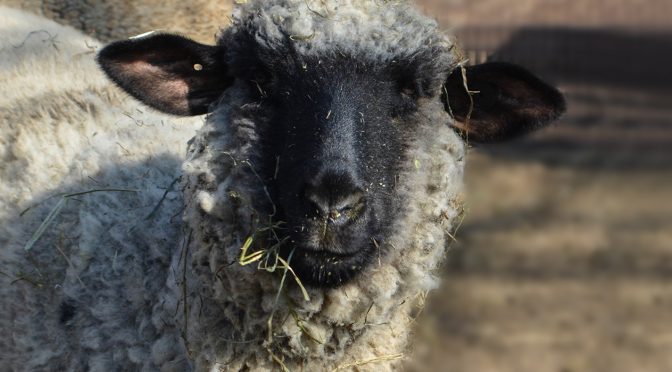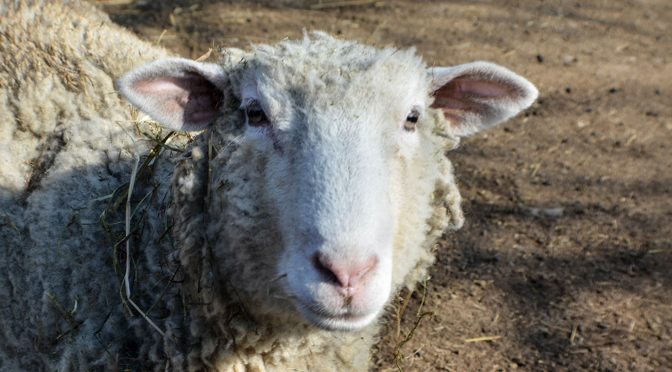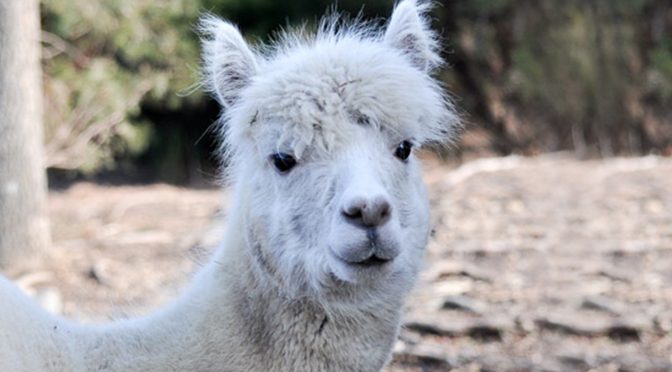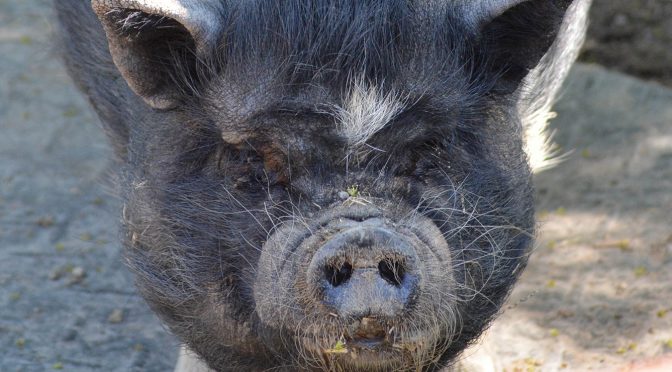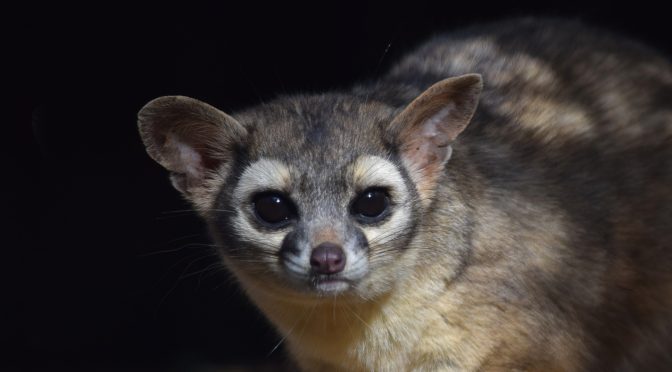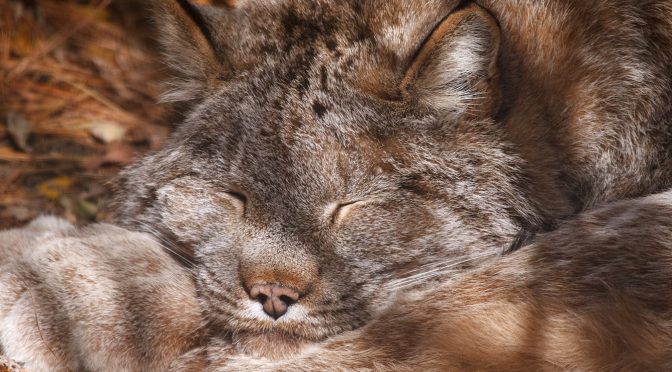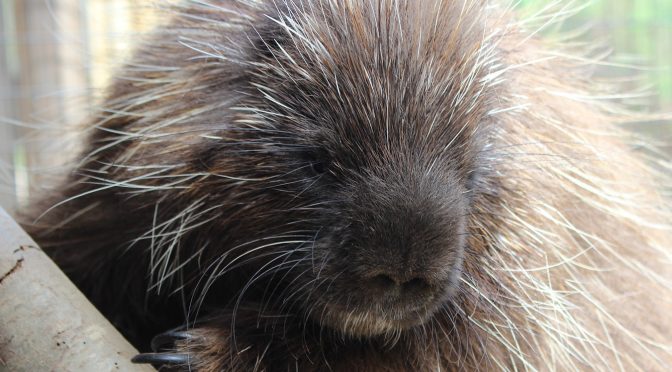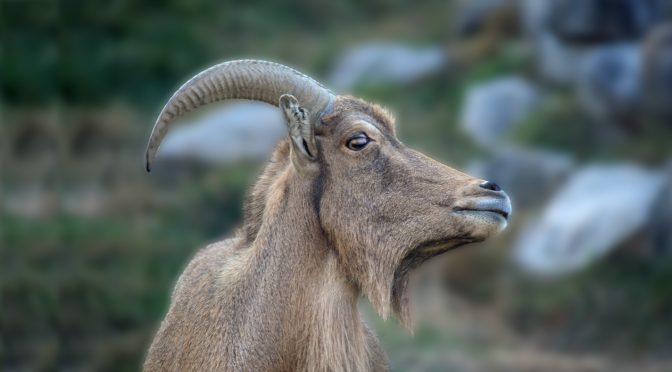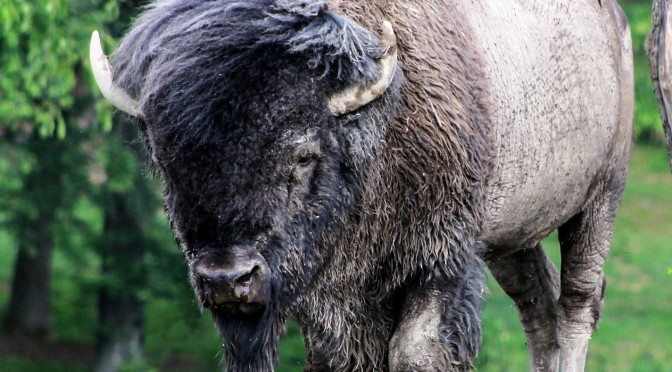Physical Description
The Hampshire Sheep is among one of the largest sheep breeds. They weight on average 200-275lbs. They have white wool, as well as dark faces, ears, and legs. This breed is usually polled, meaning it has no horns.
Predators
Predators of sheep can include coyotes, wolves, foxes, bears, dogs, eagles, bobcats, and mountain lions.
Lifespan
They can live anywhere from 9-20 years.
Reproduction
Hampshire sheep are not monogamous, and rams will breed with various ewes during the breeding season. The female’s gestation period is 144-155 days, and a fertile ewe should produce energetic and active lambs in multiples of at least two’s and more per year. Females will protect young.
Fun Facts
- Hampshire sheep have strong and medium length wool that can be combed and used for knitting yarns, socks, and flannels.
- They were introduced to the United States in the 1860s, but the breed disappeared during the Civil War and were not reintroduced until the 1880s.
Conservation Messaging
Goats as well as barnyard animals are commonly kept as pets on farms and ranches. It is always best to do your research before moving forward with purchasing any livestock. These animals require different needs from say your dog or cat.
For instance, most livestock animals are herd animals so having one is not an acceptable option. As always, every animal has individual needs that must be met in order to provide the best possible welfare which means you will need a veterinarian that specializes in hoofstock.
